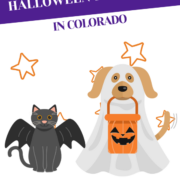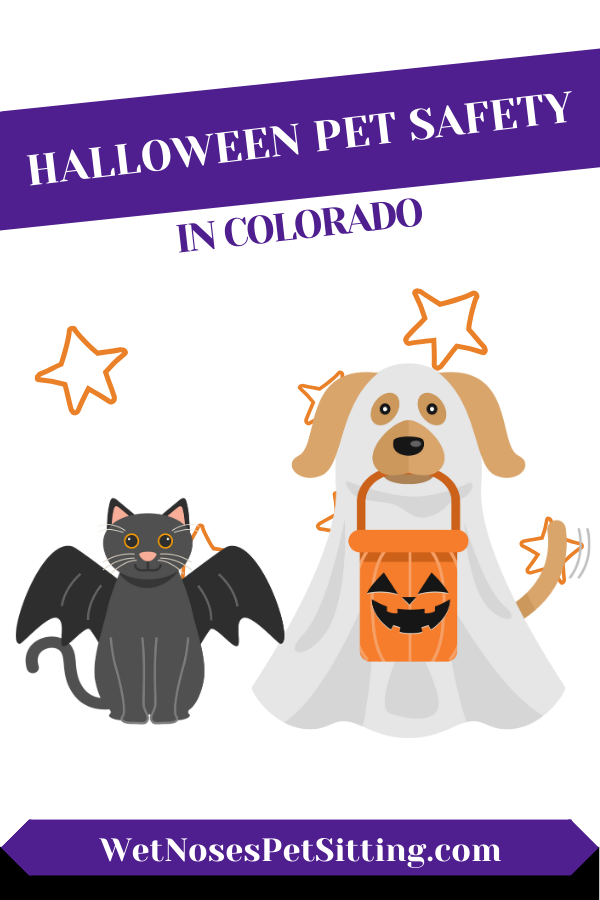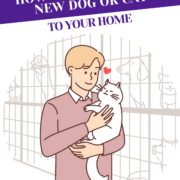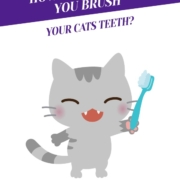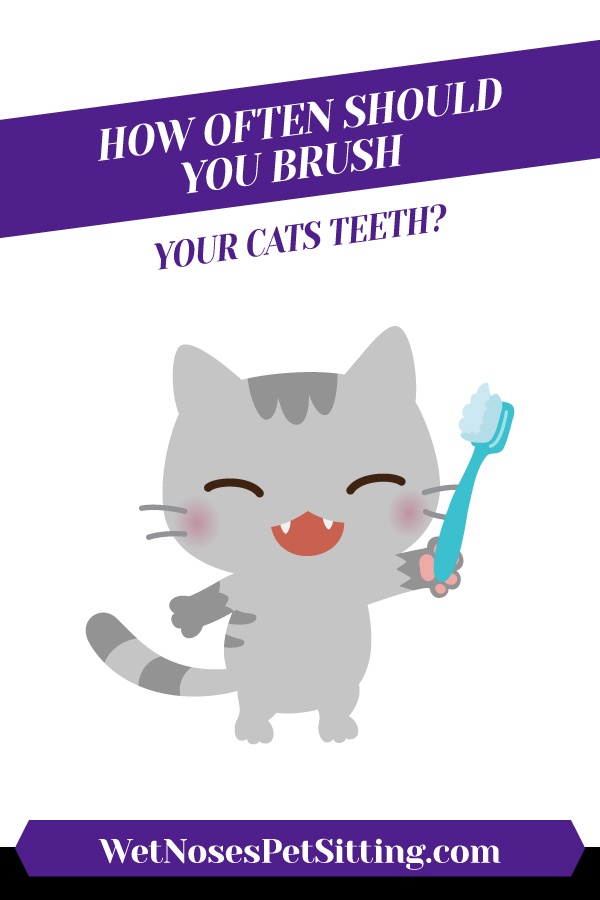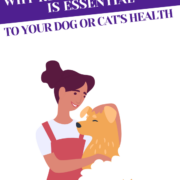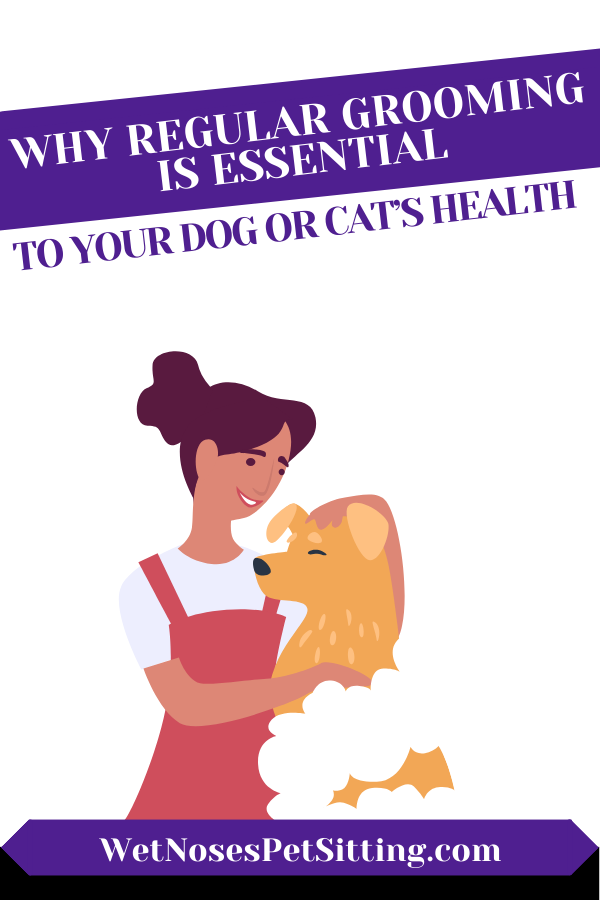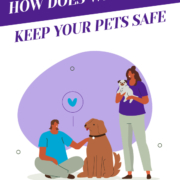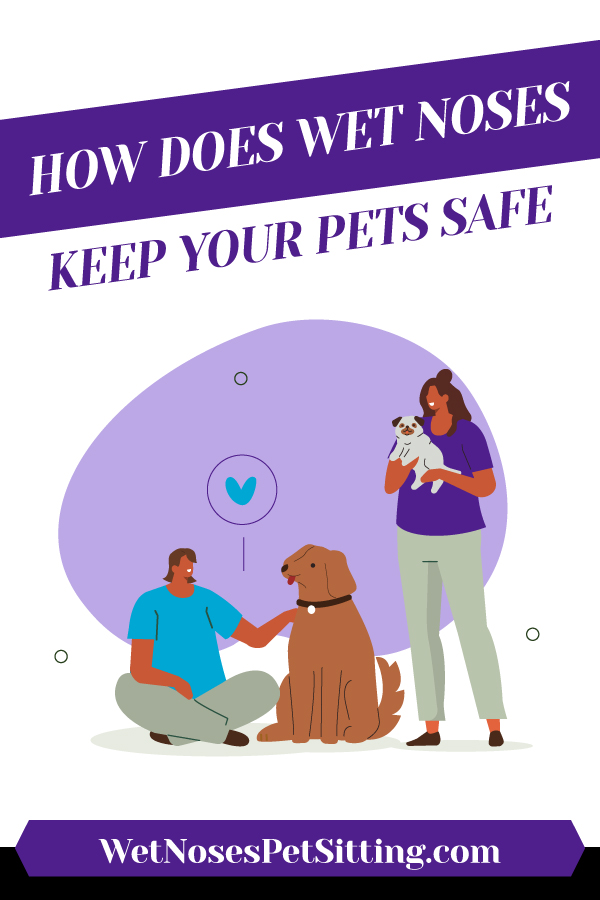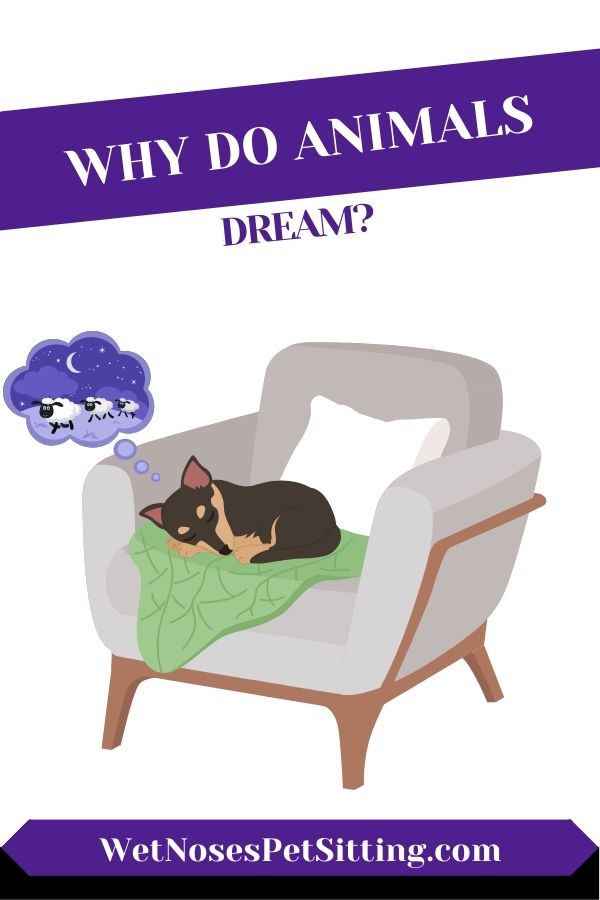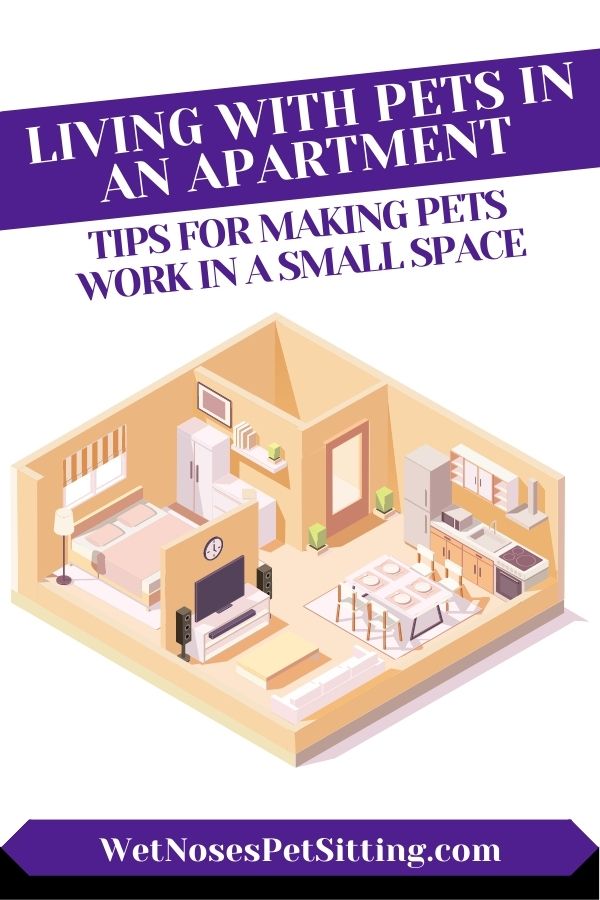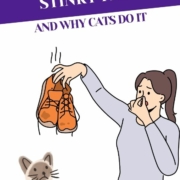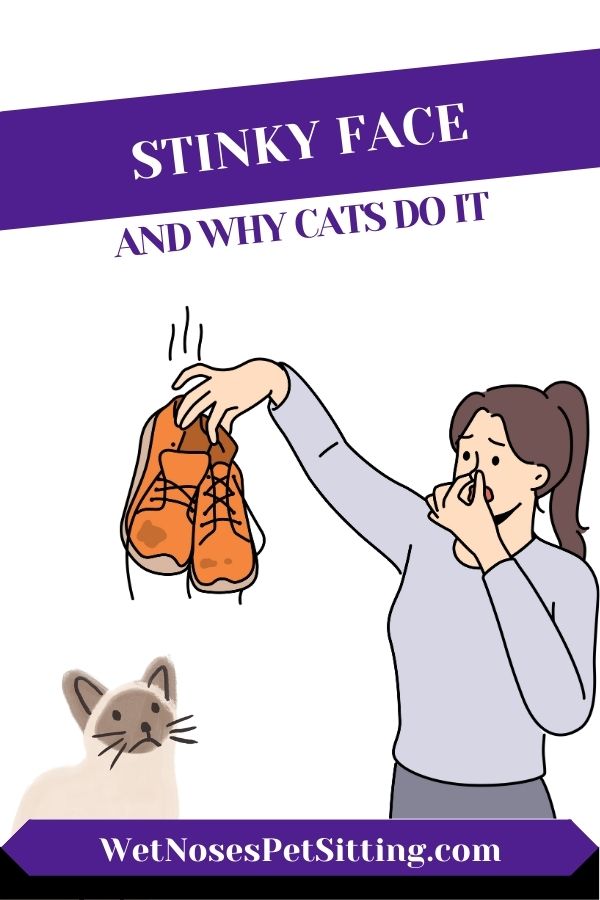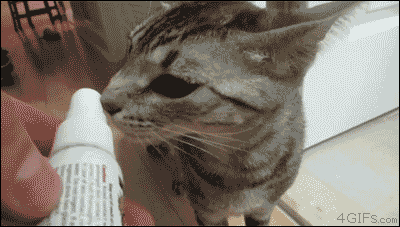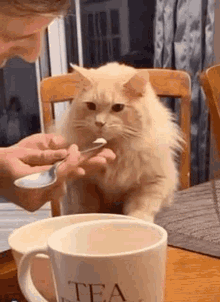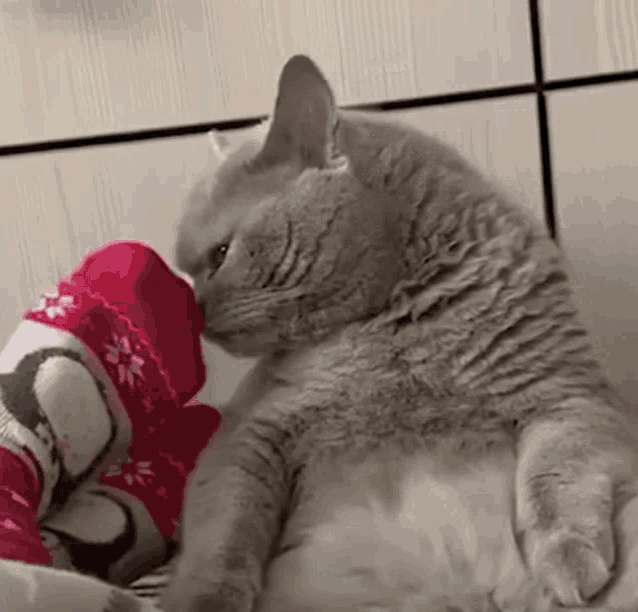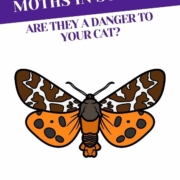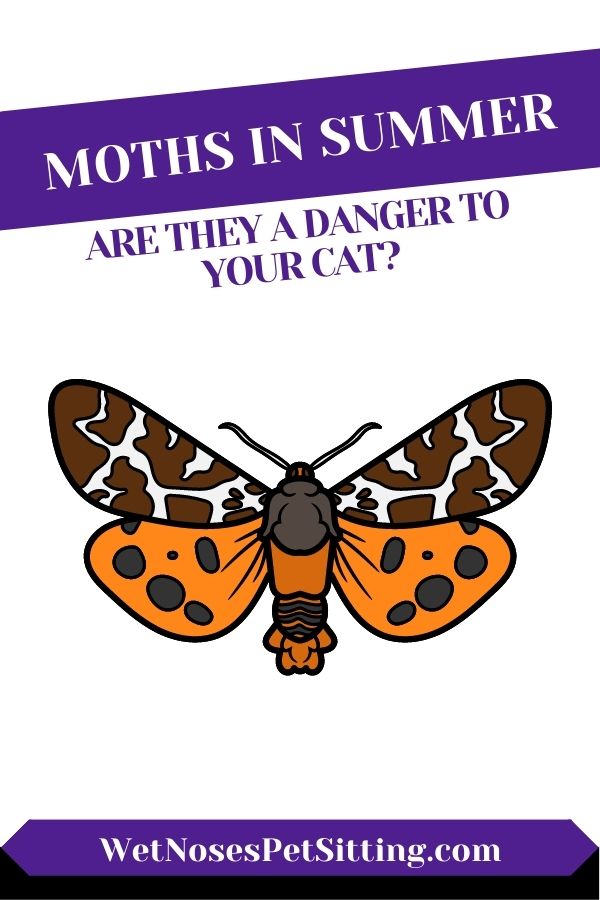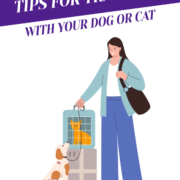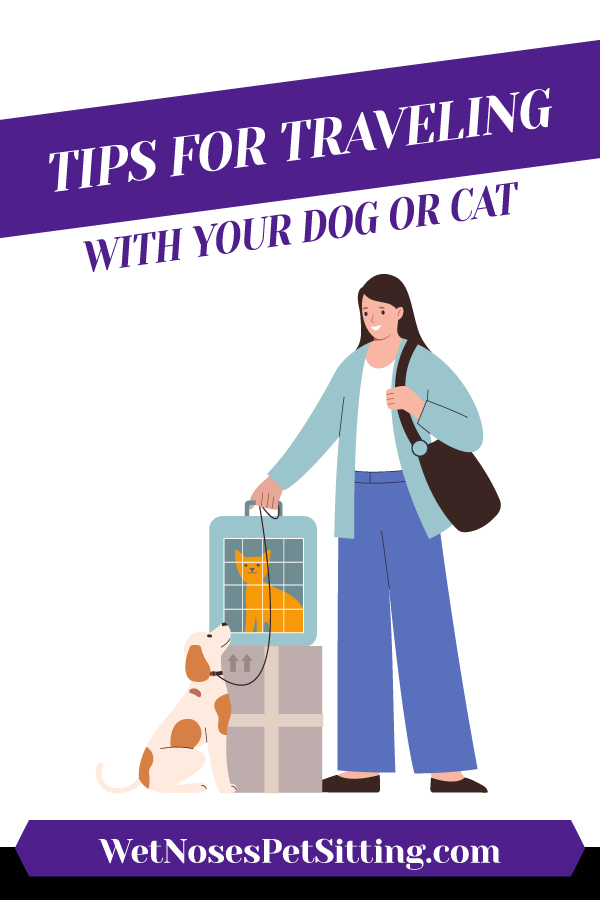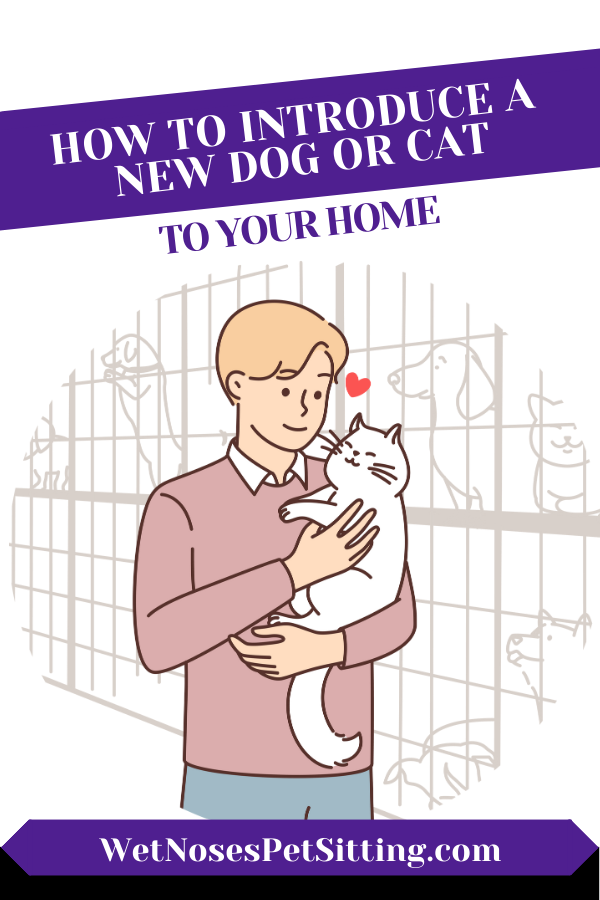
How to Introduce a New Cat or Dog to Your Home
The exhilaration of bringing a new pet home is a feeling like no other. Those bright eyes, that wagging tail or that soft purr can instantly melt hearts and mark the beginning of a lifelong bond. But as thrilling as this transition can be, it also comes with its own set of challenges. Introducing a new cat or dog to your home isn’t just about cuddles and playtimes; it’s about creating a seamless transition for your new fur baby and ensuring that every corner of your house echoes with comfort and safety. Whether you’re a first-time pet parent or adding to your furry family, this guide will offer invaluable insights into making those initial days of introduction smooth and stress-free for everyone involved. Let’s embark on this heartwarming journey together with these tried and true tips and tricks for introducing the new pet that can help ease any conflict they may encounter.
Bringing a New Cat Home
You have decided to bring a new cat into your home, how you make introductions to the other furry family members can make the difference in success or failure for all your animals and your household.
Consider your other cats and their personalities carefully. Cats by their very nature are territorial. We will look at some of the do’s and don’ts according to Jackson Galaxy, who is considered by many to be an expert in cat behavior and psychology.
If you free feed your existing cats you’ll want to change them over to scheduled feeding times. It is believed that feeding all your cats routinely together will create a shared experience that helps the new cat feel included. After your cat is used to this new feeding ritual you can move on to your next steps.
Your new cat is going to need his or her own space that belongs just to them. A spare bedroom, office, or bathroom will work. Just make sure that it has been used by you or other family members so that the human scent is strong. This will help the new kitty get familiar with your smell and with the newness of their environment.
When preparing this room for your new family member, place scratching posts, soft pillows, and blankets that will soak up the scents effectively. The new cat will feel cozy and safe when they can smell their scent all over the things in the room. Leave your new roommate to themselves for a bit, and resist the urge to bring one of your other cats by for a quick introduction. This will pay off later.
After this short period of familiarizing themselves with their private space. Let them come out to explore the other cat’s territory without them being in there. By letting the cat associate the new scents of the other cats’ litter boxes, scratching posts, toys, and blankets, it will create a better first impression and ultimately a better bonding experience for everyone.
Tips for doing this are:
- Place the new cat into the bathroom, closing the door.
- Allow your resident cat the freedom to explore the new cat’s space, then shut that door.
- Let the newcomer out to explore the resident cat area as well as the rest of the home at their leisure.
- Repeat this several times, this can take hours or up to several days. Patience is the key!
Now comes the real foundation for integrating your new cat into the family. Place each of their feeding bowls on opposite sides of a closed door. Starting a few inches to a foot away from the door will give each cat time to smell each other but still keep their wariness low as they smell and hear each other eating at the same time. Move the bowls closer at each feeding until they are up against the door on either side.
You are now ready to begin the first “visual” introduction. You have essentially provided them with a handshake, ‘kitty style,’ by letting them get familiar with each other’s scent, inch the door open so that they can see each other, and place the food bowls far apart in each cat’s respective area. By giving them plenty of space for any perceived challenge line, you can observe how they interact with each other as they eat. Utilize the same technique of moving the bowls slowly closer together at each feeding so that they become comfortable with the other’s presence.
You may be thinking, “Great, exactly how do you let them see each other but not have an open space between them?” Ideally, a screen door is your best option. It creates the best barrier for safety while they adjust to seeing the other cat. A pet gate can be used as well, just be sure to use the ones that have a greater height and have a door that you can easily go through.
After you have an adequate door try this technique. Drape a blanket over the pet gate or pin it from the top in front of the screen door. You can then raise this temporary barrier a few inches at a time letting the cats feel comfortable with their new friend in their sight line, because they have this added layer of safety it helps them acclimate to the other’s presence.
Eat, Play, and Love (EPL) is when you bring one cat into a room where the other cat is enjoying a vigorous playtime. It’s best to have help from someone else, so while you are engaging the one cat your helper can bring the other cat into this area. Keep this cat engaged in play by using a favorite toy or treat.
You keep your attention and play with your kitty and the other person will keep their attention on the other one. Maintaining a fun, consistent tone of play and interaction will help both cats feel comfortable. Do this until the cats want to stop or you feel it has been a productive amount of time. Be aware of the body language of both cats so that it is a positive learning experience for both of them.
You will know you have achieved success when both cats end the play time and either calmly leave the area or lie down in the same room. When you have happy cats existing in the same space you can break down the door barrier and begin feeding them together in their shared space.
Having things go smoothly is what the goal is here but it is good to have a few backup plans in case they struggle during this time of introductions.
- Cats will chase during a disagreement, it can end in a closet, under a bed, or a piece of furniture. Blocking these escape and avoidance routes is best accomplished before you start the room-sharing time.
- A sight blocker that is of a sturdy enough material and high enough to move the cats apart so they do not physically harm one another is another option.
- If the cats are frozen and will not budge, gently throw a blanket over each one and then remove them safely to their areas.
Take your time and be patient, cats move in their own time and space, and by giving them this option to move at their pace not yours, you can ensure a harmonious and happy relationship between everyone!
Bringing a New Dog Home
Now let us see what it will take to successfully bring a new puppy or dog into your home with other dogs and cats. Understanding your new pet’s background can be very helpful in the ways you might introduce them to your existing furry family.
Many shelters and rescues will have done a preliminary evaluation of your pet to see how they respond to new situations, with other pets or people, and cats. Some dogs may need a longer introduction period than others when dealing with smaller dogs or cats in general.
For space here, we will be focusing on the dogs who are eager to meet new people, and may not have a preference one way or the other with cats. For a dog with a strong prey drive please reconsider if this type of dog is the best fit for your family. There is always the option of enlisting the help of a qualified dog trainer or behaviorist.
Discussing these concerns with the shelter staff before adoption will help you in making the best decision for you and for the dog you are looking to adopt.
Dog-to-dog introductions are best done on neutral ground. Begin by taking the new dog for a walk and employing the sit, stay, heel, and look commands. Always use calm positive reinforcement and be sure to reward them with a great treat every time that they do what you have asked of them.
As you are walking, ask another family member to bring one of your existing dogs alongside you and your new pet. Keep moving forward calmly and confidently. Each person should have control of the dog they are walking. Use verbal commands such as ‘good’ and offer the dogs a treat to reinforce their ability to walk comfortably together.
It is always best to introduce each dog separately in the beginning. Just keep adding to the pack you are walking and keep them moving forward during this bonding shared experience.
Watch all of the dog’s body language, and when warranted allow them to sniff each other as they become comfortable. Be aware of any subtle changes in your dog’s body language and gently correct any aggressive behavior. Once they have accomplished what you commanded, be sure to follow up with lots of praise and food rewards! Watch your energy and keep yourself in a relaxed, calm, and happy mood.
Markers of stressful body language are a tense mouth or teeth baring. Growling or prolonged staring. Also stiff movements with the tail stiff instead of loose and relaxed. On the other hand, the positive observations are relaxed open mouths, playful bowing or other play postures, and a loose and relaxed overall body condition.
When bringing your dogs into your home, set your boundaries immediately by making them sit just outside the closed door. While they all remain seated, open your door and walk calmly inside, then and only when they remain quietly sitting should you invite them to enter the home. Ask them to sit quietly while the leashes are removed.
Keep all feeding areas separate and have several watering stations to avoid conflict. It is also helpful to keep each dog in their area or kennel until you are sure that they have accepted and respected one another. Remove any items that your resident dog may be possessive over and introduce new neutral toys, bones, and chews to reduce the likelihood of any conflict between them.
Supervising the backyard playtime when you have multiple dogs is recommended as some dogs are just naturally rougher or more apt to seek domination over other dogs. Be sure that each dog gets enough one time with you and avoid showing any favoritism or preference.
If your home has a cat it is wise to erect gates or barriers that the dog cannot get through or over, but that leave plenty of room for the cat to escape. Let your cat determine the when and how of meeting the new dog. Be prepared by keeping the new dog on a leash in your home so that you can quickly correct him if he should lunge or attempt to chase the cat. Remember patience and simple communication with positive rewards will help your new dog and cat develop a close trusting relationship.
Puppies are exuberant and annoying to many adult dogs so be sure to supervise the pup and encourage your older dog through praise and rewards to accept this newcomer! A short low growl from the adult dog will teach the puppy how far they can push things. However, it is up to you as the leader to establish boundaries for the puppy as they adjust to your family schedule. Never leave a puppy alone without human supervision around the adult dogs. And be sure to have a safe area to put the new puppy in so that the other family members can get a break from their sharp teeth and unending energy!
Pet Sitters and a New Cat or Dog
If you have a regular Wet Noses pet sitter, let us know as soon as possible that you have added a new addition to your family. Some considerations to take into account when you bring home a new cat or dog when you have a regular pet sitter include:
- Needing to add extra time to visits – especially for puppies
- Scheduling an additional walk – if you now have three dogs instead of two, our sitters may need to do two walks to ensure everybody is walked safely
- Letting your pet get used to us – cats like to hide and may take time before they feel comfortable around your sitter. If you’re not getting pictures of your new baby it could be because they’re hiding!
Conclusion
In the realm of life’s treasured moments, welcoming a new feline or canine companion into your home holds a special place. I have brought many animals into my existing furry family over the years and these techniques have proven to be valuable. While the journey of introduction may come with its hurdles, the rewards of patience, understanding, and preparation are boundless. Remember, it’s the little steps, the shared experiences, and your willingness to work consistently and positively to create a harmony of living with different animal species that is imperative to succeeding when bringing the new dog or cat into your home. Here’s to new beginnings, heartwarming memories, and the unparalleled joy of sharing your home with a four-legged friend!

